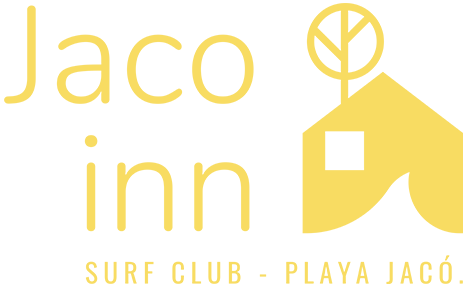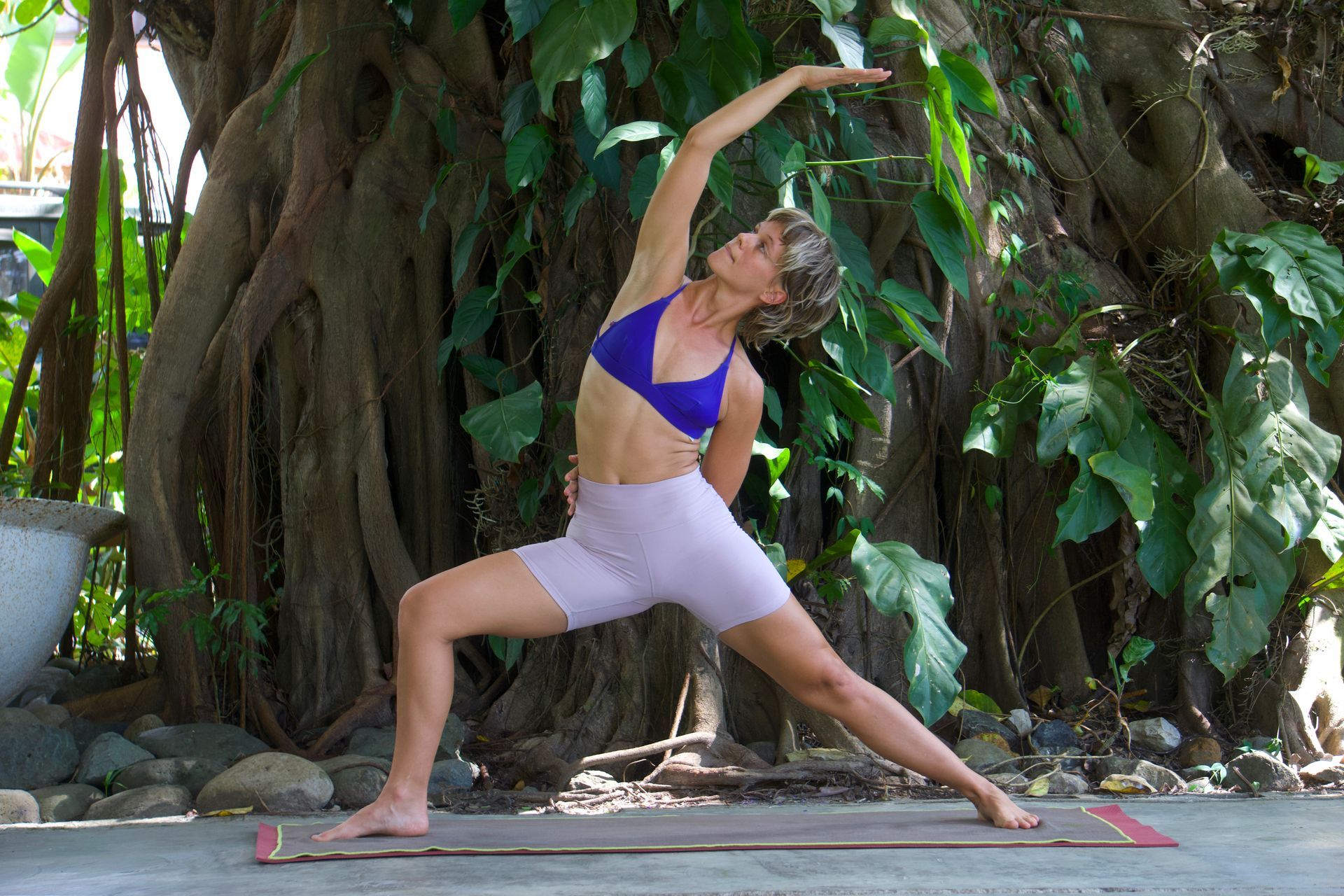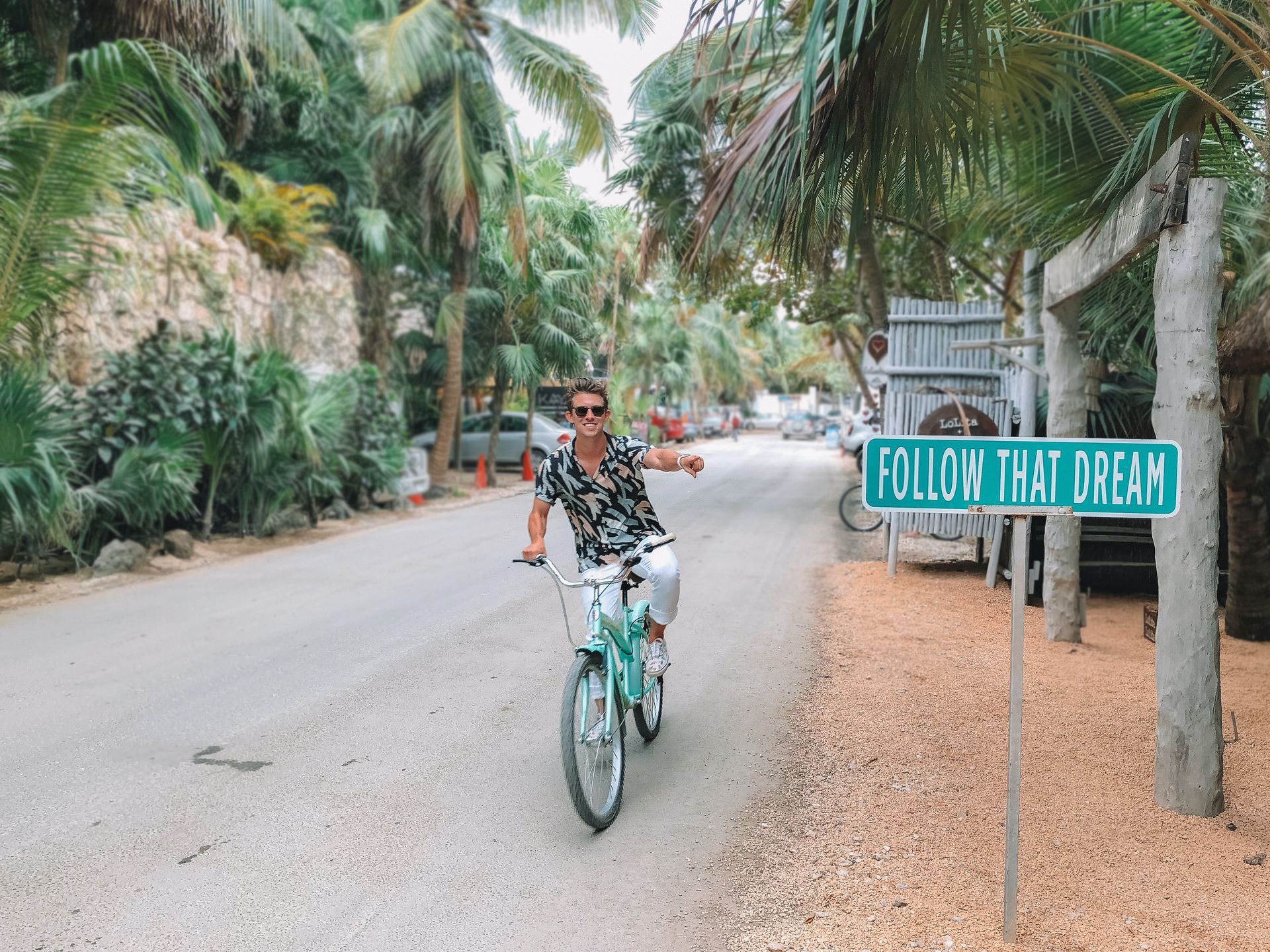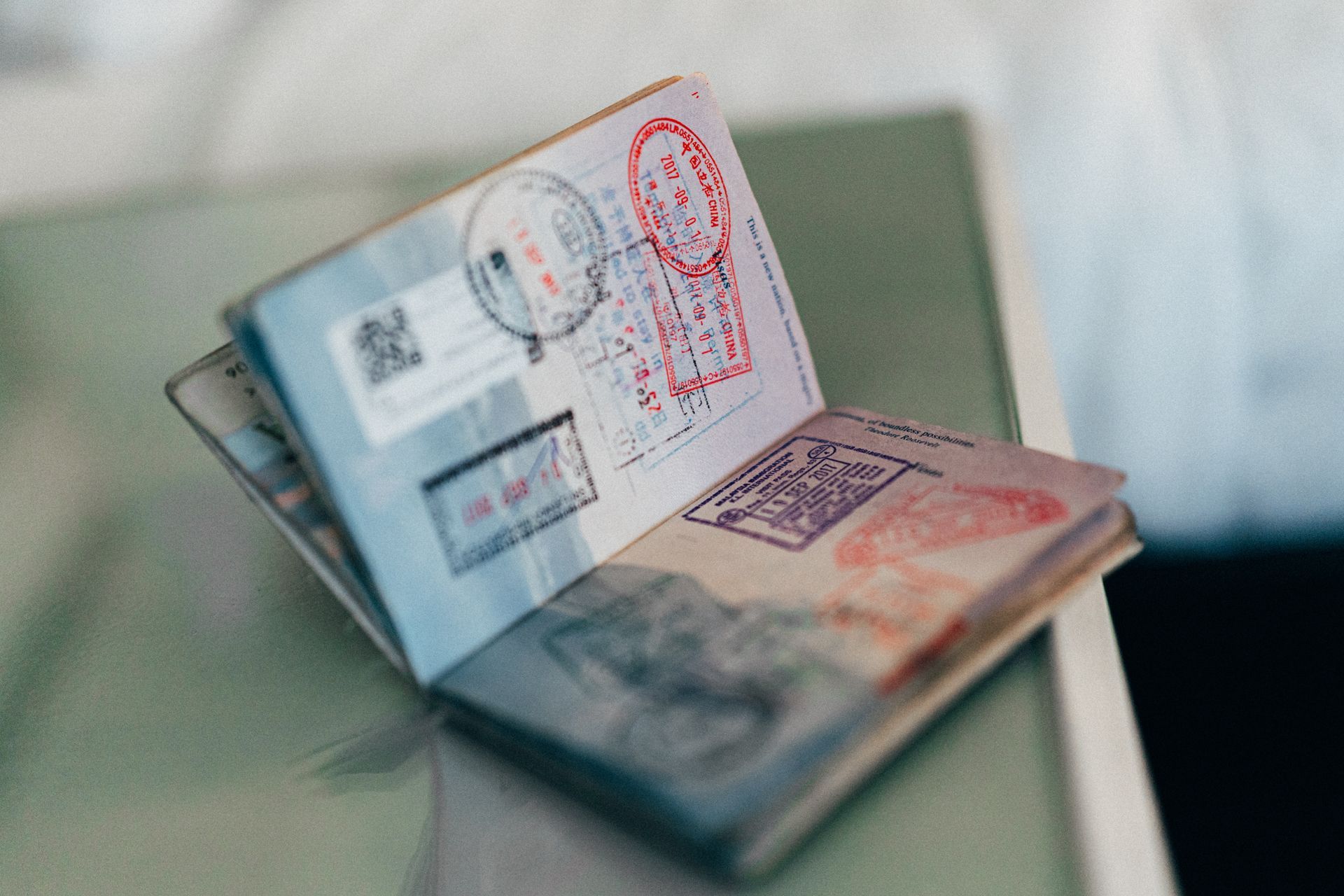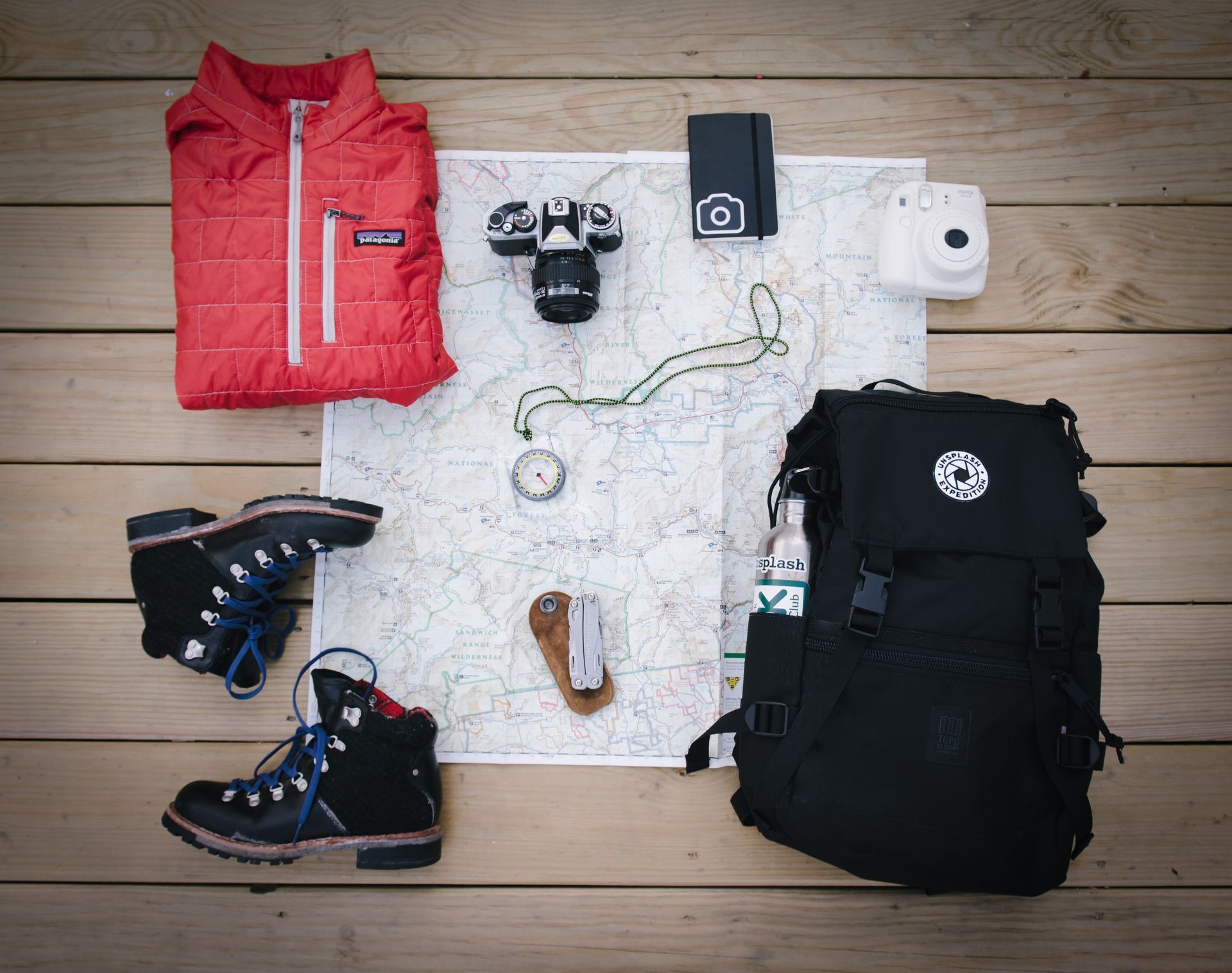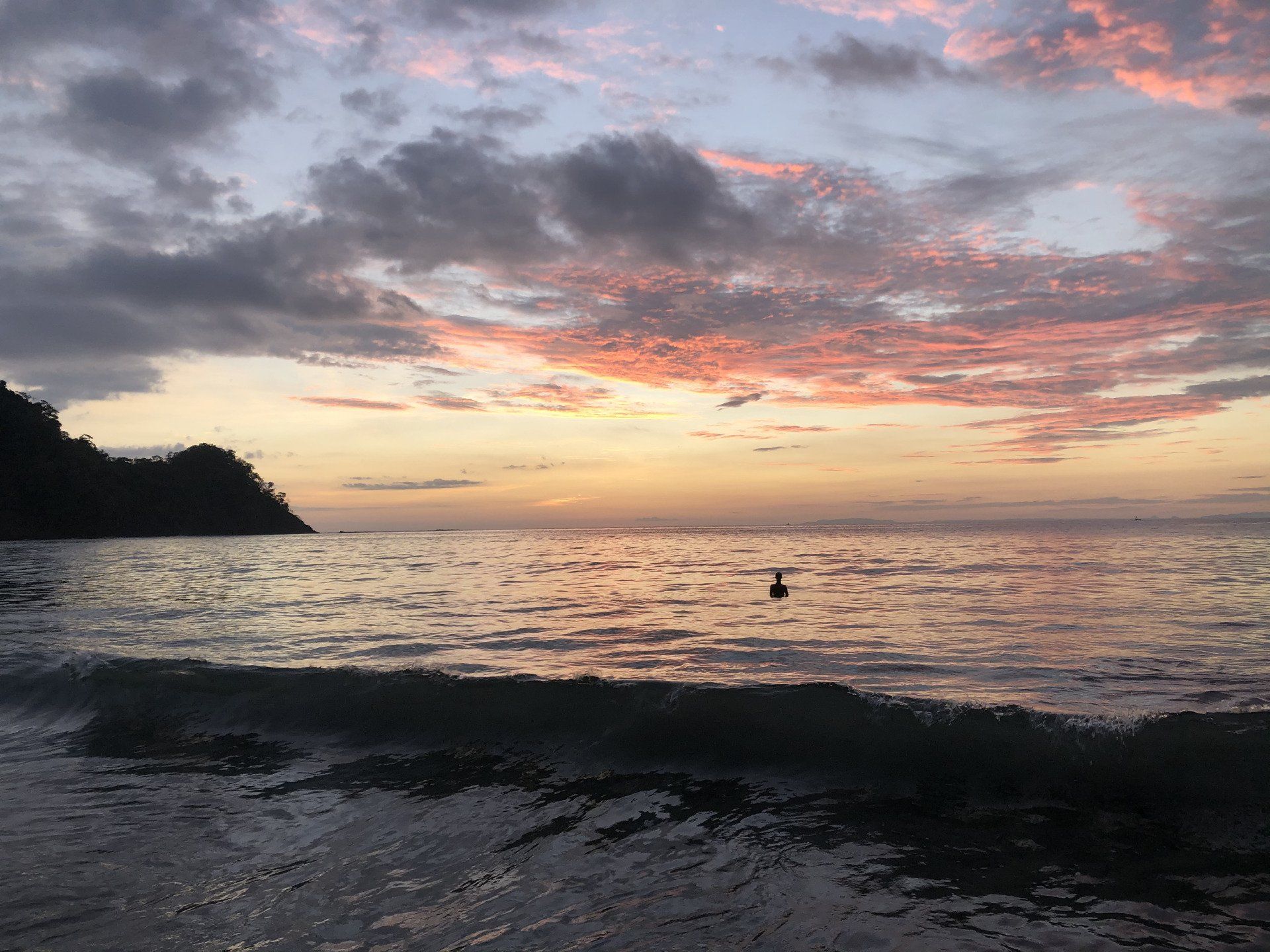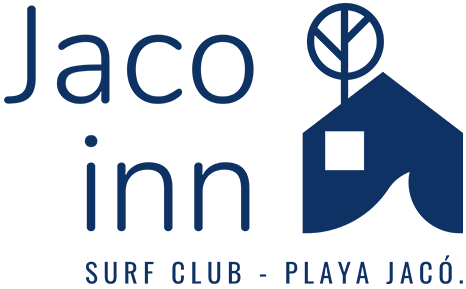Animal Flow, Yoga, And Surfing
Animal Flow And Yoga For Surfing
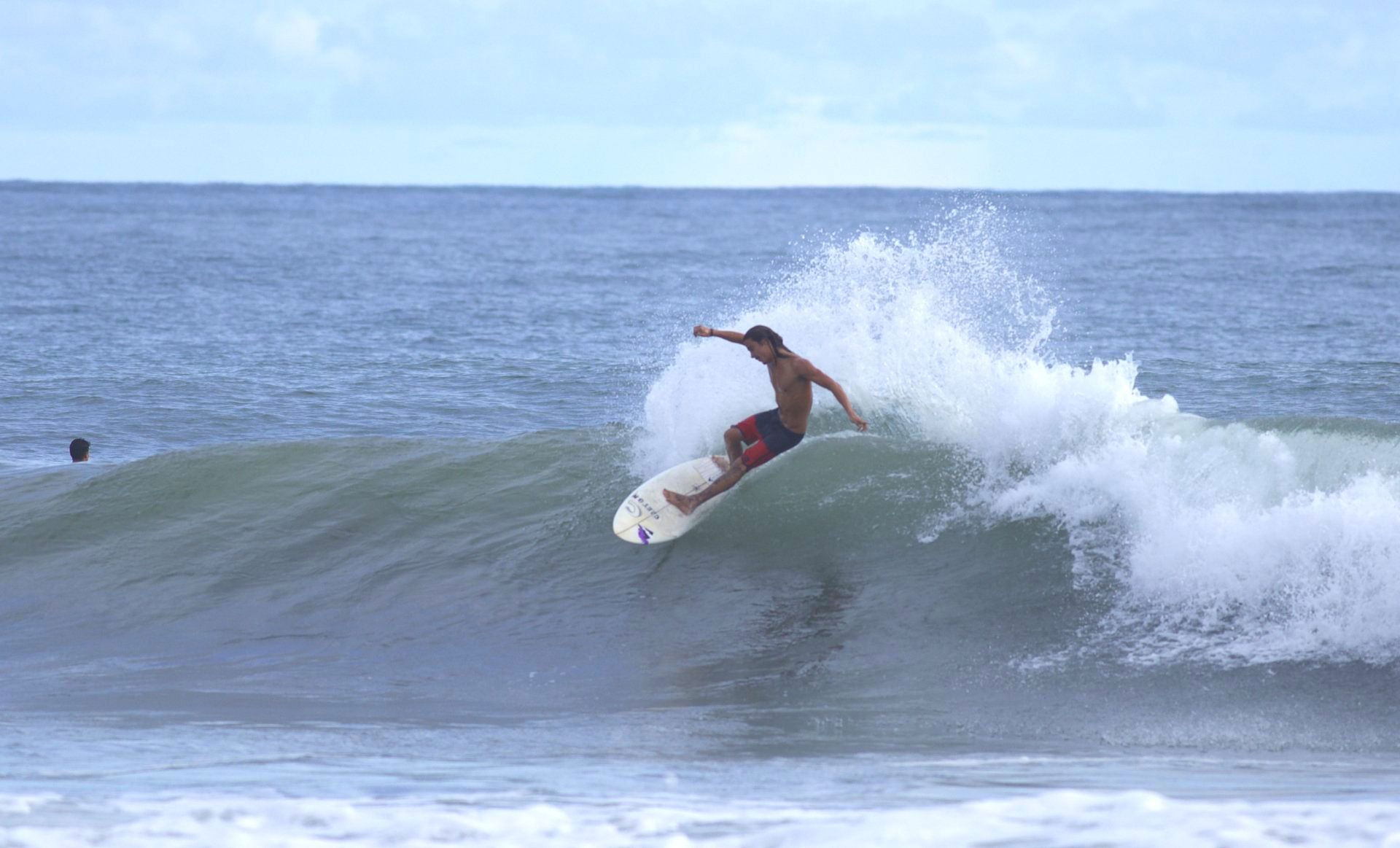
Harmony in Motion: The Best Yoga and Animal Flow Practices for Surfers
In the ever-evolving landscape of surf culture and fitness, a noticeable and transformative trend is emerging—the seamless integration of Yoga and Animal Flow into the daily routines of surf enthusiasts.
This fusion of ancient mindfulness practices and innovative movement methodologies is redefining the way surfers prepare, perform, and recover, both on and off the waves.
Mindful Movement with Yoga
Yoga, renowned for its holistic approach to physical and mental well-being, has found a natural home in the world of surfing.
Surfers are increasingly turning to yoga to cultivate breath awareness, enhance flexibility, and build the strength and balance needed to ride the waves with precision.
The combination of yoga and surfing goes beyond physical benefits; it fosters mental resilience, focus, and a profound connection to the elements.
Here are our 5 favorite yoga poses to counter surfing strain in the upper body:
1 - Child's Pose (or Balasana in Sanskrit) is a restorative yoga posture that provides a moment of relaxation and introspection.
From a kneeling position, lower your torso forward, reach your arms out in front or alongside your body, and rest your forehead on the mat. This gentle forward bend stretches the back, hips, and thighs while promoting a sense of calm and release.
Child's Pose is often used as a resting position during yoga practice, offering a moment of surrender and a chance to connect with the breath. It is suitable for all levels and serves as a grounding and nurturing pose.
2 - Cat-Cow Pose (or Marjaryasana-Bitilasana) is a dynamic and rhythmic yoga sequence that combines two complementary movements to warm up the spine.
Starting in a tabletop position, move through Cat Pose by rounding the back and tucking the chin, and then transition into Cow Pose by arching the back and lifting the head and chest. This flowing sequence helps improve flexibility in the spine, engages the core muscles, and enhances overall spinal mobility.
Cat-Cow Pose is commonly used as a gentle warm-up or as part of a dynamic flow sequence to promote flexibility and release tension in the back and neck.
3 - Thread the Needle Pose (also known as Parsva Balasana) is a soothing yoga pose that targets the shoulders and upper back.
Start in a tabletop position and then gently thread one arm under the other, lowering the shoulder and temple to the mat. The extended arm reaches forward, creating a gentle twist in the upper back. Thread the Needle provides a deep stretch to the shoulder blades and upper back muscles, releasing tension and promoting flexibility.
This pose is often incorporated in yoga sequences for relaxation and as a means to unwind tightness in the shoulders.
4 -
Cow Face Arms Pose (or Gomukhasana arms) is a yoga posture that focuses on opening and stretching the shoulders.
Bring one arm overhead and reach down the back, while the opposite arm reaches up and behind, attempting to clasp the fingers. The arms resemble the shape of a cow's face, hence the name. This pose helps improve shoulder flexibility and mobility, releasing tension in the upper back and shoulders.
Cow Face Arms Pose is often incorporated into yoga sequences to enhance overall upper body flexibility and is particularly beneficial for individuals looking to alleviate tightness in the shoulders and chest.
5 - Reclined Twist Pose (also known as Supta Matsyendrasana or Supine Spinal Twist) is a restorative yoga pose that offers a gentle stretch for the spine and hips.
Start by lying on your back, extend your arms out to the sides, and then gently guide your knees to one side, creating a twisting motion through the spine. The head turns in the opposite direction, encouraging a full spinal rotation. Reclined Twist helps release tension in the lower back, hips, and spine, promoting relaxation and improved flexibility.
This pose is often used in yoga sequences for winding down and soothing the nervous system.
Dynamic Adaptation with Animal Flow
Complementing the serene practice of Yoga is the dynamic and primal movement system known as Animal Flow.
Inspired by the innate motions of various creatures, Animal Flow introduces surfers to a repertoire of ground-based exercises that challenge and enhance strength, coordination, and overall body awareness.
As surfers mimic the locomotion of animals, they tap into a reservoir of functional strength, preparing them for the unpredictability of the ocean.
In the dynamic world of surfing, where the synergy of strength, balance, and adaptability reigns supreme, surfers are constantly seeking innovative ways to enhance their physical prowess. Animal Flow is a unique and transformative approach to movement that mirrors the fluidity and versatility found in nature.
For surfers, Animal Flow is more than a workout; it's a transformative practice that transcends traditional fitness boundaries.
By embracing the primal and instinctive movements inspired by the animal kingdom, surfers can cultivate a heightened sense of body awareness, adaptability, and strength—qualities essential for conquering the waves with confidence and precision.
Our 6 essential movements of Animal Flow for surfers:
At its core, Animal Flow comprises six fundamental components: Wrist Mobilizations, Activations, Form-Specific Stretches, Traveling Forms, Switches and Transitions, and Flows.
Each element contributes to the development of strength, coordination, and overall body awareness in a manner that is distinct from traditional training methods.
1. Wrist Mobilizations - The Foundation of Animal Flow
The simple yet effective wrist mobilizations in Animal Flow act as the foundation for surfers, strengthening the wrists and forearms to better support the physical demands of surfing.
2. Activations - Waking Up the Body
Through activations in Beast and Crab positions, Animal Flow serves as an awakening for the entire body, priming surfers for the diverse movements required on the waves.
3. Form-Specific Stretches - Flexibility and Stability
Animal Flow's form-specific stretches hone in on flexibility and stability, crucial elements for surfers seeking to ride the waves with finesse and control.
4. Traveling Forms - Mimicking Animal Locomotion
The inclusion of traveling forms mirrors animal locomotion, engaging the entire body and enhancing coordination—a valuable asset for surfers navigating the ever-changing dynamics of the ocean.
5. Switches and Transitions - The Heart of the Flow
Switches and transitions, such as the Underswitch, Side Kickthrough, Scorpion, and Front Kickthrough, form the crux of Animal Flow, challenging surfers with movements that seamlessly adapt to the unpredictable nature of the surf.
6. Flows - Sequences of Motion
Finally, Animal Flow weaves these components into dynamic flows—sequences of motion that embody the essence of both strength and grace.
These flows offer surfers a holistic workout, integrating various muscle groups while promoting fluidity in movement.
The Symbiosis: Yoga, Animal Flow, and Surfing
The integration of Yoga and Animal Flow into surfing routines is not merely a trend but a symbiotic evolution.
Surfers are recognizing the synergies between these practices, understanding that the mindfulness and flexibility cultivated in yoga seamlessly complement the dynamic strength and adaptability gained through Animal Flow.
Together, they form a comprehensive approach to surf training that addresses the diverse physical and mental demands of the sport and helps you achieve flow state on and off the waves.
